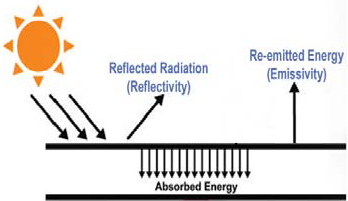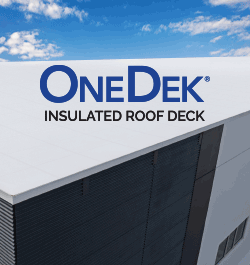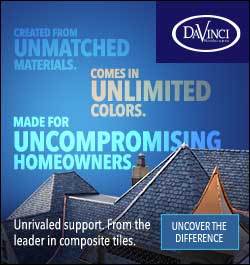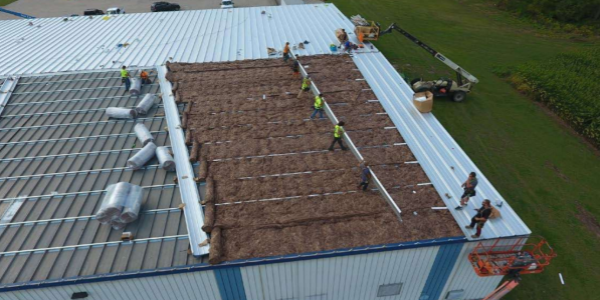Hot Topics in Cool Roofing

Study shows that cool roofing doesn't always need to be white in order to perform.
This article was originally published by DECRA and the full version can be accessed here.
Do cool roofs need to be white in order to be classified as cool? Cool roofs are classified by their reflectivity and emissivity rates and their ability to reduce the cooling load of a building or home. The roofing industry is working hard to provide products to architects, building owners and homeowners to meet the demand for cooler roofs and technology has made it so that not all roofs need to be white to perform as a cool roof.
Oak Ridge National Laboratory conducted a study, commissioned by the Department of Energy’s Buildings Technologies Program, to test different products and roof assemblies. The DOE funded the study because of the development of infrared-blocking color pigments. The first IR-blocking color pigments were used in military camouflage to hide objects from heat seeking devices, and the DOE was interested in the possible benefits of the “cool” pigment when applied to roofing materials, especially stone coated metal roofs. IR-blocking granules are both highly emissive and reflective.
The testing included ten decks of stone coated metal panels and included a control deck as well. Some of the decks had the IR-blocking granules and others did not. Venting of the space was achieved using a mesh-covered openings at the eaves and ridge. The study was conducted over one year and data was collected in both summer and winter conditions.
The amount of heat that permeated the attic floor into the conditioned space was measured. Instrumentation for measuring temperature and heat flow were included in the deck design, as were instruments to measure solar reflectance and thermal emittance.
Testing on the metal panels covered with IR-pigments found that when compared to the asphalt shingle roof, the IR-pigment-covered metal panels reduced heat transfer by about 45% - however, only 15% could be attributed to the IR-pigment granules, and 30% of the reduction could be attributed to over the deck venting.
The winter condition testing produced an additional benefit. All of the stone coated metal roofs (conventional and IR-pigment granular coated), reduced heat loss that takes place on a cold night better than the asphalt shingles applied directly to the deck – negating the winter heating penalty associated with cool roof constructions.
Learn more about stone coated tiles and IR-pigment granules at www.decra.com.























Comments
Leave a Reply
Have an account? Login to leave a comment!
Sign In